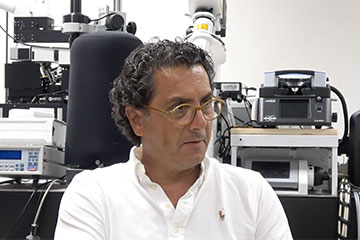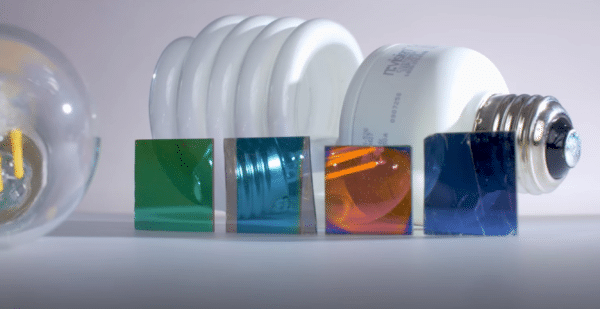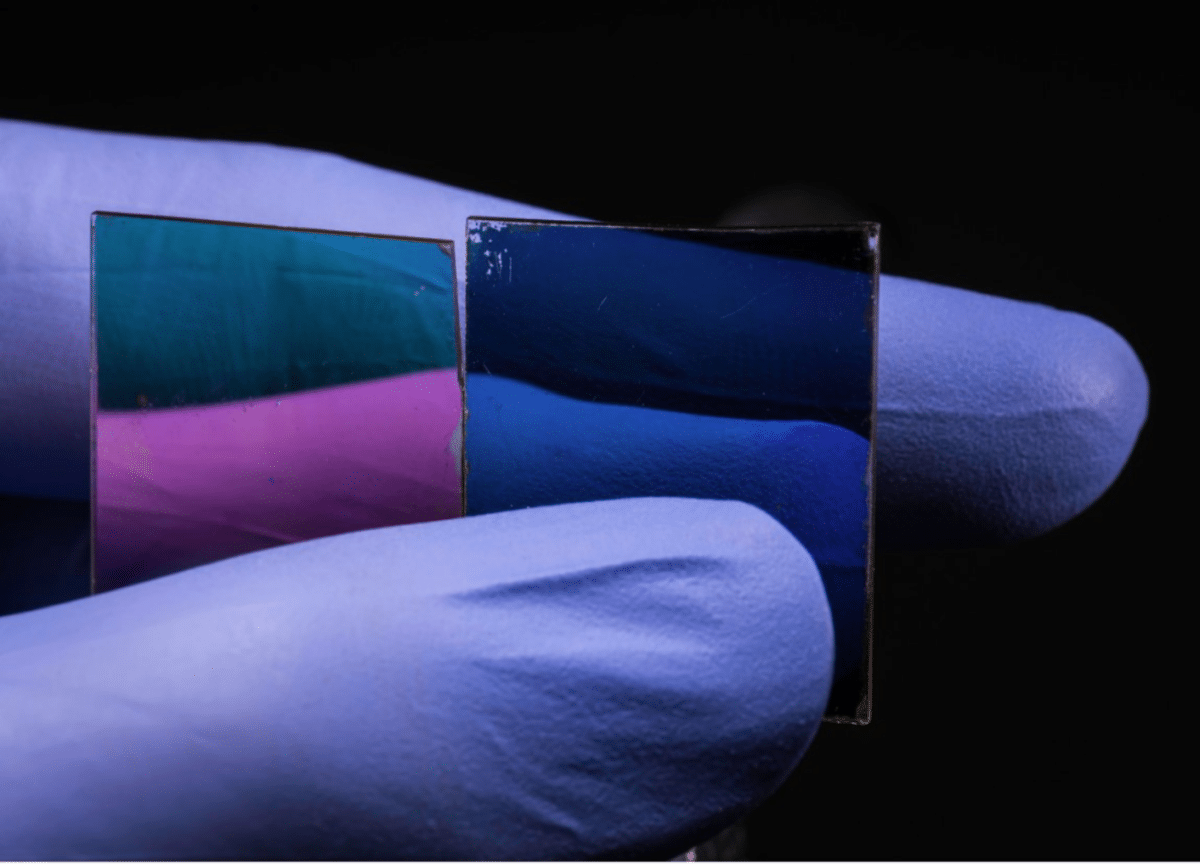University researchers have developed a new class of optical coatings they said could make photovoltaic (PV) cells used for solar energy last six times longer, decreasing the cost of replacing worn-out cells.
The work is a collaboration between scientists at Case Western Reserve University (CWRU) in Ohio and the University of Rochester in New York.
Optical coatings are layers of material deposited on a surface, usually the lens of an instrument, to either reflect or filter light into different wavelengths. They are an integral part of almost every optical instrument, from eyeglasses to telescopes.
The new coatings can be made to fully reflect a narrow wavelength that corresponds to the range that efficiently produces electricity by a PV cell. That means the coatings could lead to a high-performance, low-cost solution to a hurdle that faces solar energy generation, said Giuseppe Strangi, physics professor at CWRU.

Image: CWRU
The PV problem is two-fold: PV panels produce energy efficiently during the day, when energy demand is relatively low, but not after sunset, when demand remains high. What’s more, storing energy generated from PV panels can be expensive.
Strangi and his collaborators created a novel coating made from a 15 nanometer-thick film of germanium (similar to silicon or tin) that can both simultaneously reflect and transmit the same wavelength, or color, and do both with a high degree of clarity.
The researchers call this new class of coatings Fano Resonance Optical Coatings (FROCs) in a nod to Ugo Fano, an Italian-born American physicist who worked with nuclear scientist Enrico Fermi.
Shaped resonances—essentially, a phenomenon in which two light waves are superimposed—are the foundation behind light wave transport, and also the development of this new class of optical coatings.

Image: CWRU
The new coatings, in addition to their ability to be fine-tuned to reflect the perfect PV wavelength, could also be made to absorb the rest of the solar spectrum. That means they could efficiently transfer those wavelengths to heat. And storing that thermal energy is relatively inexpensive, compared to storing electricity.
The approach would also protect the PV cell from overheating, leading to the promise of that six-fold increase in PV cells lifespan, Strangi said.
The solar energy application in this new process of manipulating wave-optics at the nanoscale will take some time to develop, the scientists said. The advancement in optical coatings also could lead to other applications.
The research work is detailed in a paper in the journal Nature Nanotechnology.
This content is protected by copyright and may not be reused. If you want to cooperate with us and would like to reuse some of our content, please contact: editors@pv-magazine.com.









By submitting this form you agree to pv magazine using your data for the purposes of publishing your comment.
Your personal data will only be disclosed or otherwise transmitted to third parties for the purposes of spam filtering or if this is necessary for technical maintenance of the website. Any other transfer to third parties will not take place unless this is justified on the basis of applicable data protection regulations or if pv magazine is legally obliged to do so.
You may revoke this consent at any time with effect for the future, in which case your personal data will be deleted immediately. Otherwise, your data will be deleted if pv magazine has processed your request or the purpose of data storage is fulfilled.
Further information on data privacy can be found in our Data Protection Policy.